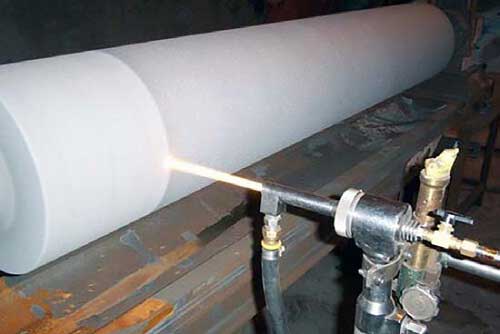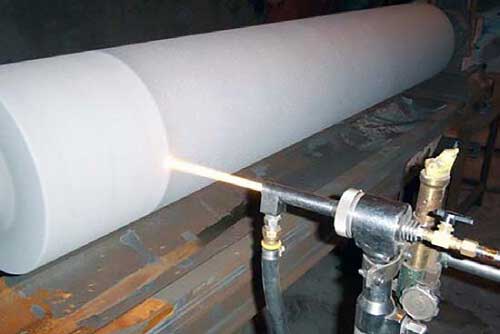Difference between casting stellite and surfacing stellite (Tech Center of Shanghai HY Industry Co., Ltd)
The composition of the alloy is different, they can be made into welding wire, powder used for hard surface surfacing, thermal spraying, spray welding and other processes, and can also be made into castings and forgings and powder metallurgy parts.
Stellite alloy is a cemented carbide that is resistant to various types of wear and corrosion as well as high temperature oxidation, commonly known as cobalt-based alloys.
Stellite alloy is mainly composed of cobalt, containing a considerable amount of nickel, chromium, tungsten and a small amount of alloying elements such as molybdenum, niobium, tantalum, titanium, lanthanum, and occasionally iron.
 Stellite surfacing alloy contains 25-33% chromium, 3-21% tungsten, and 0.7-3.0% carbon. With the increase of carbon content, its metallographic structure changes from hypoeutectic austenite + m7c3 eutectic Become hypereutectic m7c3 type primary carbide + m7c3 type eutectic. The more carbon content, the more primary m7c3, the greater the macroscopic hardness and the improved abrasive wear resistance, but the impact resistance, weldability, and machinability will decrease.
Stellite surfacing alloy contains 25-33% chromium, 3-21% tungsten, and 0.7-3.0% carbon. With the increase of carbon content, its metallographic structure changes from hypoeutectic austenite + m7c3 eutectic Become hypereutectic m7c3 type primary carbide + m7c3 type eutectic. The more carbon content, the more primary m7c3, the greater the macroscopic hardness and the improved abrasive wear resistance, but the impact resistance, weldability, and machinability will decrease.
Stellite alloys alloyed with chromium and tungsten have good oxidation resistance, corrosion resistance and heat resistance. It can still maintain high hardness and strength at 650 ° C, which is an important feature of this type of alloy that is different from nickel-based and iron-based alloys.
Stellite alloys have low surface roughness after machining, high galling resistance and low coefficient of friction, and are also suitable for adhesive wear, especially on sliding and contacting valve sealing surfaces. However, when high-stress abrasive wears, the wear resistance of cobalt-chromium-tungsten alloy with low carbon content is not as good as that of low-carbon steel. Therefore, the selection of expensive stellite alloy must be guided by professionals in order to maximize the potential of the material.
In addition, there are stellite surfacing alloys containing laves phase alloyed with chromium and molybdenum, such as co-28mo-17cr-3si and co-28mo-8cr-2si. Due to the lower hardness of laves compared to carbides, the materials paired with them in metal friction wear less.
Shanghai HY Industry Co., Ltd has international first-class material production equipment such as high temperature alloy isothermal forging production line, CONSARC vacuum melting furnace, etc., with strong professional ability and highly responsible management team. If you have superalloy material inquiry, please contact us without hesitation. Shanghai HY Industry Co., Ltd will provide you with sincere and thoughtful service.
When you want to know more about our products, please contact us:
https://hynickelalloy.com


